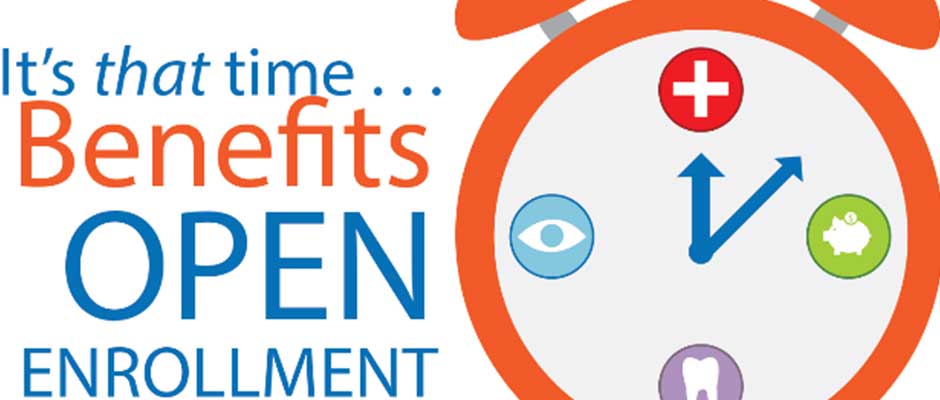
News Feature in DNet2.0
June 26, 2019
Countdown to Open Enrollment
June 26, 2019Body language is something that happens naturally and many of us recognize it without even being aware of it. But not everyone is keyed in on relating emotions to body language.
All nonverbal communication has meaning, and body language can be a source of information for any Team Leader or manager. Sometimes it’s a clue that you aren’t connecting, as body language goes against what’s being stated. Other times it signals when a message is getting through to the Team Members. Being aware of body language can help us support others and build stronger relationships.
Listed below are some tips on how to communicate:
Self-confidence – Standing or sitting tall, with shoulders back and head up; making eye contact and smiling.
Defensiveness – Crossed, folded arms; fidgeting.
Disagreement or negative response – Head shaking, head down in response to a Team Member, crossed arms, clenched fists, interwoven clenched fingers, pinching of the bridge of the nose.
Interest – Strong eye contact, holding head forward and upright, leaning upper body forward, slow head nodding, leg pointing in the direction team member.
Nervousness/Tension – Touching your face, biting your lip, grinding teeth, arm-across-body moves. Fidgeting with something in your hands or repeatedly taking a drink of something.
Tone of voice- Elevated, speaking rapidly or in any other way excited. This shows something is wrong or you’re amped up. Calm slow tones, show you do not have any reason for concern.
- Please take a moment to read our Countdown to Open Enrollment and News Feature in DNet2.0 articles, these blog articles are a great source of information.
- Download this article for distribution and printing here. All our Blogs can be viewed here.


